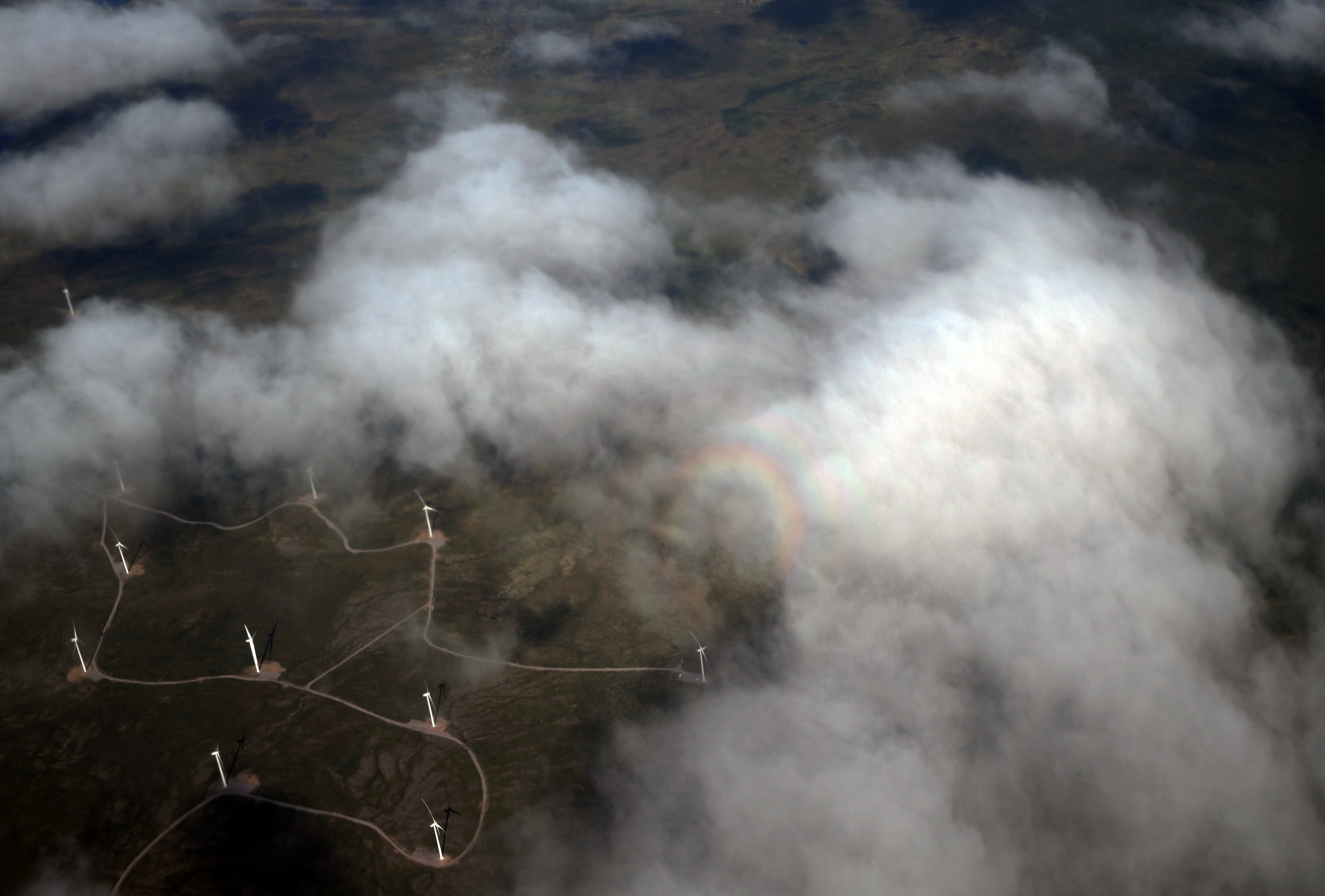
The Energy Collective Group
This group brings together the best thinkers on energy and climate. Join us for smart, insightful posts and conversations about where the energy industry is and where it is going.
Shared Link
Wind continues moving toward dominant share in Sweden
Wind power generation in Sweden is expected to increase by some 70% by 2024 compared with last year's level amid a boom in capacity additions, the Swedish Energy Agency said in an analysis published on Monday.
Wind power generation is expected to rise from 27.4 terawatt hours (TWh) in 2021 to 46.9 TWh in 2024, driven by a strong expansion of installed capacity, according to a biannual forecast published by the government-appointed agency.
Hydropower and nuclear power will remain Sweden's largest and second-largest sources of electricity generation, at a steady 66 TWh and 52 TWh over the period.
Currently in Sweden, Hydro has the largest share of electricity generation followed by Nuclear with Wind in third place. You could say that Sweden has a Hydro-Nuclear-Wind grid.
In 2024, wind will still be behind nuclear but it will be in a much closer close third place just a few TWh behind. By the mid 20s wind will surpass nuclear. The Swedish grid will become a Hydro-Wind-Nuclear grid.
In the longer run as Sweden adds a lot more offshore wind capacity wind will have the dominate share of electricity generation in Sweden. Sweden will then have a Wind-Hydro-Nuclear grid.
Below is a separate article describing future offshore plans.
Sweden Launches Major Offshore Wind Push, Targets 120 TWh Annually
The Swedish Energy Agency will now, together with other relevant authorities, start the process of identifying suitable areas to enable an additional 90 TWh of electricity production at sea, the government said.
The Swedish Energy Agency’s assignment will be reported no later than March 2023. The Swedish Maritime Administration’s proposal must be submitted to the government no later than December 2024.
Wind continues moving toward dominant share in Sweden
Wind power generation in Sweden is expected to increase by some 70% by 2024 compared with last year's level amid a boom in capacity additions, the Swedish Energy Agency said in an analysis published on Monday.
Get Published - Build a Following
The Energy Central Power Industry Network® is based on one core idea - power industry professionals helping each other and advancing the industry by sharing and learning from each other.
If you have an experience or insight to share or have learned something from a conference or seminar, your peers and colleagues on Energy Central want to hear about it. It's also easy to share a link to an article you've liked or an industry resource that you think would be helpful.



.png)


























Sign in to Participate